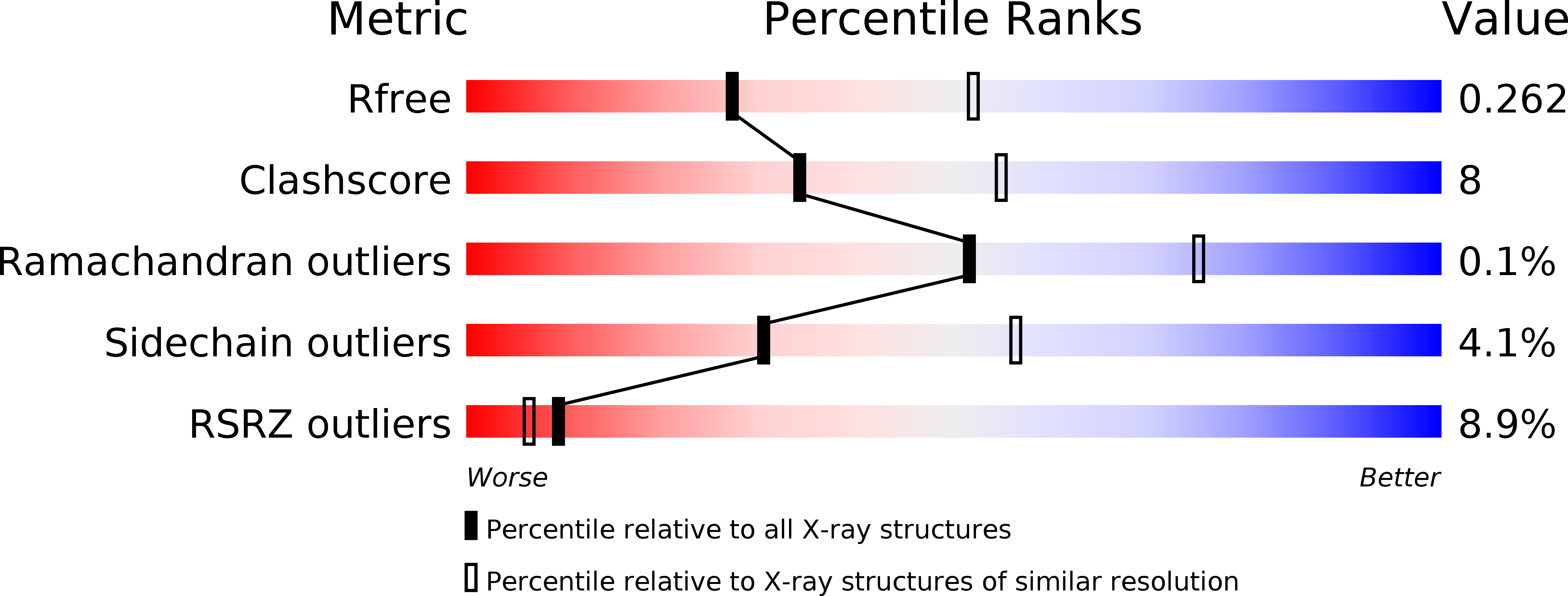
Deposition Date
2018-01-02
Release Date
2018-08-22
Last Version Date
2024-03-27
Entry Detail
PDB ID:
5Z2C
Keywords:
Title:
Crystal structure of ALPK-1 N-terminal domain in complex with ADP-heptose
Biological Source:
Source Organism:
Homo sapiens (Taxon ID: 9606)
Host Organism:
Method Details:
Experimental Method:
Resolution:
2.59 Å
R-Value Free:
0.26
R-Value Work:
0.24
R-Value Observed:
0.24
Space Group:
C 1 2 1


